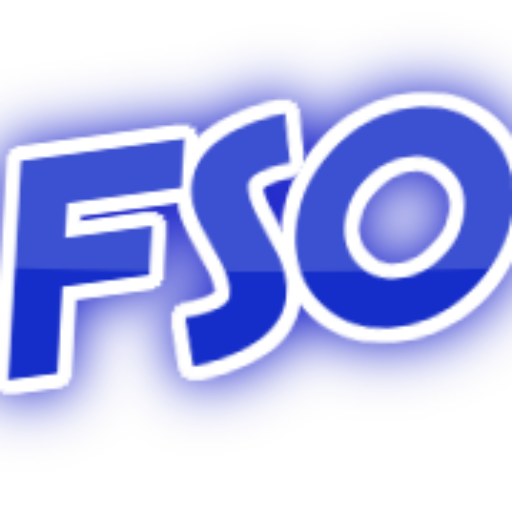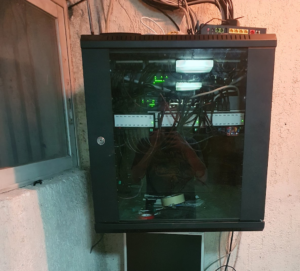Setting up your Power Over Ethernet And IP Cameras correctly
The last week I come across to a big dilemma, active PPOE or passive ? active ppoe means that follows the standard 802.3af/at in simple words, there is a switch somewhere that is able to “talk” with the PoE module and it doesn’t provide power to anything other eg. a printer that isn’t poe powered but only gives the correct wattage to the correct poe device eliminating the risk of accidentally plugging something non-poe to a poe socket and damaging that device.
While Passive PoE gives constant voltage of whatever your power supply connected to the poe-injector is, active poe varies from 44-55volts and you don’t care because
Active PoE 802.3af
A. you don’t install any power supply
B. it regulates the power by it self by “speaking” with the device for its needs.
Keep in mind that “PoE 802.3AF/AT switches are subject of FALSE ADVERTISING as there may be a 24 port switch that has the label of a PoE 802.3A but in fact only 4 ports of it are actually poe-capable.
Usually poe switches have a little marking on poe ports, they are enclosed in a rectangle shape or they are marked with red/yellow/x color but unfortunately that’s not always the case, so be very cautious when you are trying to decide which switch is the correct one for your needs.
Also even if a switch has the correct number of ports for your needs it is still may be incapable of delivering the wattage total to your power hungry device.. so again ,you need to calculate total wattage consumption of your setup and compare it with total wattage of the switch to see if the math add up.. usually poe devices are not that much power hungry and the wattage the manufacturer decides to provide will probably be enough but better be sure than sorry. So check your devices watt * number = switch watts.
Passive POE
There is nothing much to say here, simply a poe injector, you plug in your power supply and you plug in to the patch panel for the position of the poe device, on the other end you plug in in a poe splitter adapter your line and then the power jack and the rj45 to your device. The end.
Which route to take?
Personally on my last installation of a 3 store building – 10 cameras along side with a PBX i decided to go with passive for two reasons.
A. Camera’s cables are ending up in the air, in the ceiling – roof or whatever strange place and these lines are dedicated to be used only by cameras. Its a lot more cost effective to use passive poe, you are not putting in danger the whole network if the power supply fails or something goes wrong as you have in between your fuses and a separate power supply which if it fails it won’t affect the network integrity, camera lines are also exposed to outside conditions, rain, lightings whatever.. or may go through weird route paths next to to other electrical installations
B. Phones are plugged in dedicated sockets and operate at low voltages, eg 5v. cameras usually operate at 12. it is highly unlikely for something bad to happen even by 5v if an employee by accident removes a phone line and plug something else. At least i did the experiment many times and never had any nuclear explosions in Nic’ controllers.
Of course you inform the client of the pros and cons and you inform him that if he is about to do more than 1 interior re-designs in the offices then he will either pay the extra bucks for an active poe or he will get charged for the frequent visits. but thats on your business philosophy.
After a long day of the final installation (of everything) poe injectors can look good too in the aesthetics of the rack if mounted correctly providing a practical ease of use.
Note that: I Used a power power supply for everything while for the 5v of the phones I used a voltage regulator on top of the 12v power supply, I installed 2 fuse holders as the injectors didn’t come with fusing. i chose the fuses at the calculated amperes for the consumption of each side 12/5v. + two to three extra devices to be sure that fuses wont burn out at night where consumption spikes by the IR leds of night vision… or just in case.
Another good approach on rack installation is to use a PSU (pc power supply) and fuse protection because they come with a cooling fan so you wont’ join to the fools club who keep replacing burnt power supplies every now and then.
Thats all folks
The best safest and cheapest way of PPOEing your network
- Passive PPOE OF 4 and 8 ports, it doesn’t comes with fuse, you need to fuse your power-lines your self. Starting at $8.00 You can purchase it by clicking here on that link

Active POE switch
Another good option when you decide to go with an active POE switch and make things simpler is that cool switch starting from just $14 for four ports up to $20-30 at full 8 Ports 100mpbs,
You can purchase it by clicking this link here




